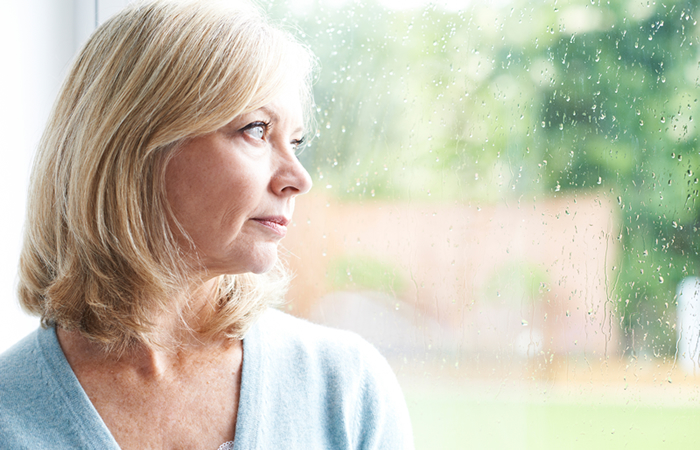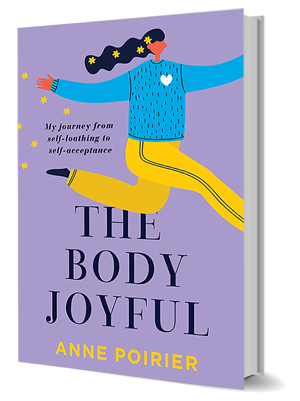As a Body Joyful Expert for the online publication Crunchy Tales, I wanted to share this impactful blog I wrote about healing your relationship with food and finally rejecting diet culture for good. It is never too late.
How to Stop Dieting in your 50’s and beyond…
And heal your relationship with food
Women spend an average of 17 years of their life dieting. Only for most of them to gain the weight back each time within the first 3 years, and more than half of it within the first year. This was true for my own experience and has been true for the clients that I serve today.
“The best decision I ever made was to step off this treadmill and decided never to diet again.” A.Poirier
Research has discovered that dieting is not a sustainable way to achieve and maintain weight loss. The more a person goes on and off a diet (dieting history) the quicker the body will respond physiologically: the metabolic rate becomes lower, hunger is higher, and the signal to tell the brain the body has had enough fuel is broken. This results in the gaining of weight and difficulties in being able to listen and respond to our body’s needs. Thus, the feeling of being on a treadmill, going nowhere.
Unfortunately, the process of learning how to stop dieting and eat normally again isn’t usually as simple or easy as we might like. Especially if we’ve been following supposed trendy weight loss fads for a long time.
If you’re fed up with being stuck in the cycle of yo-yo diets,
…maybe it’s now time to move your focus away from the number on the scale or your body’s size and shape, and toward nourishing your body and enjoying the experience of eating like a way of fulfilling ourselves in mind, and spirit, too.
Stepping Off The Diet Treadmill
Stepping off the diet treadmill for good means choosing to change your relationship with food and then start to experience more joy, appreciation, peace, and freedom. Freedom from counting and calculating, emotional attachments to scales or calories, peace with your body and enjoyment of family, food, and friends.
3 Steps to get you started
-
Try Intuitive Eating
Instead of searching the internet or the newest magazine to tell you how, what and when you should eat, start tuning into your body’s natural hunger and fullness cues. Intuitive eating, according to the developers Elyse Resch and Evelyn Tribole is a self-care-based eating framework, which integrates instinct, emotion, and rational thought into the eating experience. A way to steer by internal body signals and wisdom rather than external rules.
-
Embrace Body Neutrality
The biggest reason for a person to go on a diet is to lose weight. What comes with that, is the desire to change the way their body looks. This is because they don’t like how it appears in a mirror, they compare it to others, or don’t feel good in it. Body neutrality is a middle-of-the-road approach to how you feel in your body (body image). It suggests neither loving nor hating your body. It’s based on the notion of body appreciation, acceptance and respect for your physical structure while focusing on your strengths.
-
Disconnect exercise from weight loss or a ‘must do’
Bring your attention to WHY moving your body is important to you.
Adopting these mindful practices is a way to transform your relationship with food. Sometimes, just slowing down and paying attention to the way we eat can help us to make better food choices and manage cravings.
Of course, the way we eat and think about food are both influenced by many factors, most of which aren’t about (or at least only about) food itself. If you’re having trouble reconnecting with your body in a more intuitive way, it’s worth getting some professional help for any underlying issues about food and eating. Schedule a free chat today and begin to find your own way off the dieting treadmill for good.


